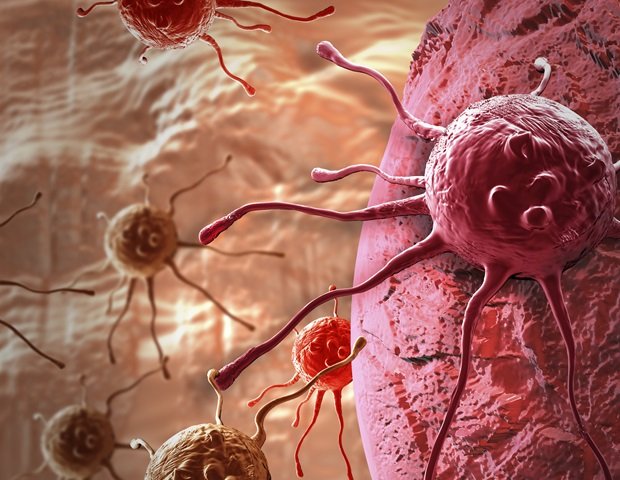Prostate cancer is a widespread threat to men’s health, ranking second in cancer-related deaths in the United States. Each year, approximately 250,000 men in the US are diagnosed with prostate cancer. While most cases have low morbidity and mortality rates, a subset of cases require aggressive management. Urologists assess the need for such treatment primarily through the Gleason score, which assesses the appearance of the prostate gland on histological slides. However, there is considerable variation in interpretation, leading to both undertreatment and overtreatment.
The current method, based on histological slides, has limitations. Only a small fraction of the biopsy is viewed in 2D, with the risk of missing critical details, and interpretations of complex 3D glandular structures can be ambiguous when viewed in 2D tissue sections. Additionally, conventional histology destroys tissue, limiting downstream analyses. To address these shortcomings, researchers have developed non-destructive 3D pathology methods, offering complete visualization of biopsy specimens while preserving tissue integrity.
Recent advances include techniques for obtaining 3D pathology datasets, enabling improved prostate cancer risk assessment. Research published in Journal of Biomedical Optics (JBO) harnesses the full power of 3D pathology by developing a deep learning model to improve 3D segmentation of glandular tissue structures critical to prostate cancer risk assessment.
The research team, led by Professor Jonathan TC Liu from the University of Washington in Seattle, trained a deep learning model, nnU-Net, directly on 3D segmentation data of the prostate gland obtained from previous complex pipelines. Their model efficiently generates accurate 3D semantic segmentation of glands in the 3D datasets of prostate biopsies, which were acquired with open sheet light microscopes (OTLS) developed in their group. 3D gland segmentations provide valuable information on tissue composition, which is critical for prognostic analyses.
Our results indicate the remarkable accuracy of nnU-Net for 3D segmentation of prostate glands even with limited training data, offering a simpler and faster alternative to previous 3D gland segmentation methods. In particular, it maintains good performance with lower resolution inputs, potentially reducing resource requirements.”
Professor Jonathan TC Liu, University of Washington
The new deep learning-based 3D segmentation model represents an important step forward in computational pathology for prostate cancer. By facilitating the precise characterization of glandular structures, it promises to guide critical treatment decisions to improve patient outcomes. This progress highlights the potential of computational approaches to improve medical diagnosis. Moving forward, it holds the promise of personalized medicine, paving the way for more effective and targeted interventions.
By overcoming the limitations of conventional histology, computational 3D pathology offers the potential to unlock valuable insights into disease progression and tailor interventions to individual patient needs. As researchers continue to push the boundaries of medical innovation, the quest to conquer prostate cancer is entering a new era of precision and possibility.
Source:
Journal Reference:
Wang, R., et al. (2024). Direct 3D segmentation of prostate glands with nnU-Net. Journal of Biomedical Optics. doi.org/10.1117/1.jbo.29.3.036001.
